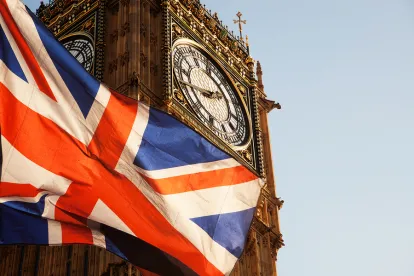May 29, 2020, Her Majesty’s Revenue and Customs issued further updates setting out the future of the Coronavirus Job Retention Scheme (CJRS).
Full guidance is awaited, but for now the key points to note are the following:
1. Scheme closed to new entrants—furlough deadline of June 10, 2020
-
The scheme will close to new entrants on June 30, 2020. “The final date by which an employer can furlough an employee for the first time will be June 10, in order for the current three-week minimum furlough period to be completed by June 30.”
-
From July 1, 2020, the scheme will be available only to employers that have previously used the scheme in respect of employees they have previously furloughed.
2. Flexible furloughing permitted
Further guidance on flexible furloughing and how employers should calculate claims will be published on June 12, 2020.
From July 1, 2020:
-
The minimum three-week furlough period will no longer apply.
-
Employers can bring back to work employees who have previously been furloughed for any amount of time and on any shift pattern, while still being able to claim the CJRS grant for their normal hours not worked.
-
Employers may agree any working arrangements with previously furloughed employees.
-
To be eligible for the CJRS grant, employers and employees must agree any new flexible furloughing arrangement and confirm that agreement in writing.
-
Employers will need to report actual hours worked and the usual hours an employee would be expected to work in any claim period.
-
For actual worked hours, employees will be paid by their employer subject to their employment contract, and employers will be responsible for paying the tax and National Insurance Contributions (NICs) due on those amounts.
3. Employer costs—What’s changing?
-
In June and July 2020, “the government will pay 80% of wages up to a cap of £2,500” per month as well as “employer National Insurance Contributions (ER NICs) and pension contributions” for the hours the employee does not work. Employers will have to pay employees for the hours they work.
-
In August 2020, “the government will pay 80% of wages up to a cap of £2,500” per month and “employers will pay ER NICs and pension contributions” for the usual hours the employee does not work due to being furloughed.
-
In September 2020, “the government will pay 70% of wages up to a cap of £2,187.50” per month for the hours the employee does not work. “Employers will pay ER NICs and pension contributions and 10% of wages to make up the 80% total up to a cap of £2,500” per month.
-
In October 2020, “the government will pay 60% of wages up to a cap of £1,875” per month for the hours the employee does not work. “Employers will pay ER NICs and pension contributions and 20% of wages to make up the 80% total up to a cap of £2,500” per month.
The cap will be proportional to the hours not worked.




 />i
/>i

